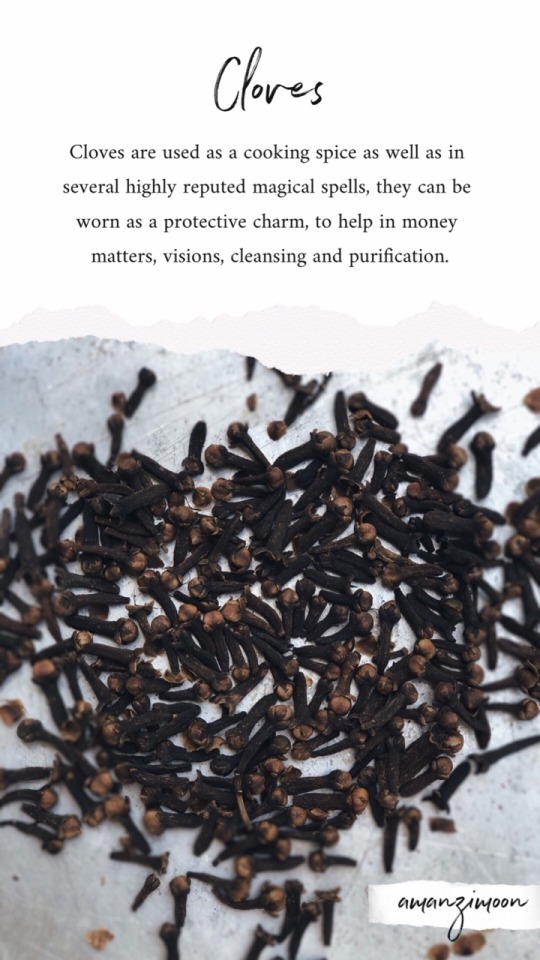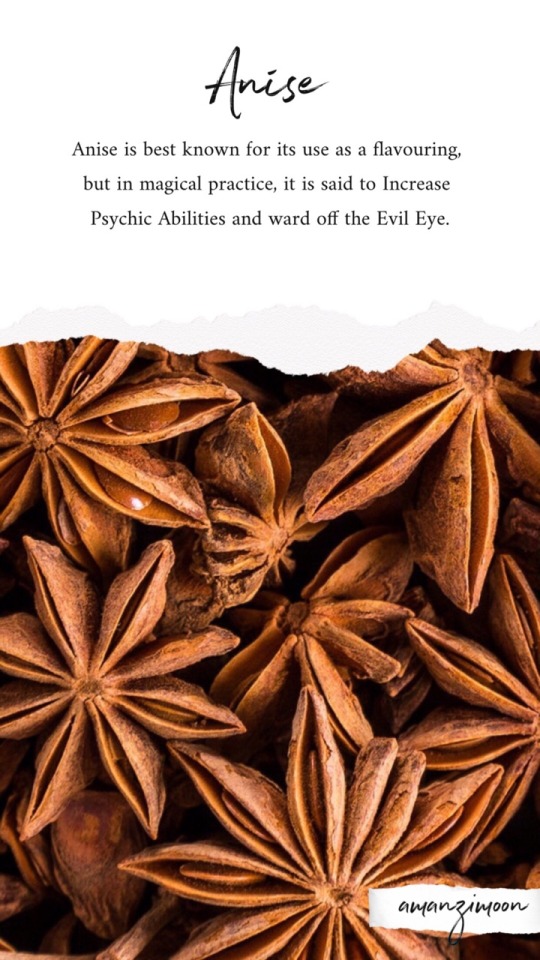Text
Occult Timeline
This is a compiled timeline of significant “Occult” publications and events throughout history that shows where the influences/knowledge came from over time.
3100 o.c. Pyramid Texts [egy] 2953-2838 Chinese Emperor Fu Hsi, produced first w.v. of I Ching [cfu] 1800 Enuma Elish, Bablyonian Creation Myth. [ane] 1760 Gilgamesh Epic.[ane] 1600 Orig. Egyptian Book of the Dead. (Book of Coming Forth by Day) 1550-1450 o.c. Rig-Veda,Sama-Veda and Yajur-Veda [hin] 1300? Zarathushtra founds Zoroastrianism, the religion of the Magi 1000-500 Shih Ching (Book of Odes) [cfu]. 1000 o.c. Atharva Veda [hin]. 990-922 King Solomon. 950 o.c. Torah/Pentateuch, Song of Songs. 800-700 Brihad-Aranyaka and Chandogya Upanishads [hin]. 800-400 Aranyakas, Brahmanas and Upanishads [hin]. 800 or 700 Homer (?): Illiad and Odyssey. 800: Hesiod: Works and Days, Theogony 740 O.T. Book of Isaiah. 700 Books of Deuteronomy, Joshua, Samuel. (O.T.) 700 o.c. Ramayana [hin]. 650 o.c. Tao te Ching. 600 w.v. Rig Veda [hin] 664-525 Rev. Egyptian Book of The Dead 628-551 Zarathustra/Zoroaster 610-570 Sappho. 599-527 (trad.) Mahavira, founder Jainism. 580-500 (trad.) Lao-tzu, founder of Taoism. 563-483 Buddha (b. April 8, 563 BCE). 540 w.v. Mahabharata [hin]. 540-468 (hist.) Mahavira, founder Jainism. 551-479 Confucius (K'ung tzu), founder of Confucianism. 520 (trad.) Tao-te Ching [tao]. 520 Books of Zechariah, Isaiah. (O.T.) 500 w.v. Gensis, Exodus, Numbers. (O.T.) 480-390 (alt.) Lao tzu. 409 w.v. Confucian Canon. 400 Books of Proverbs, Job (O.T.) 371-289 Mencius (Meng-tzu). [cfu] 369-286 Chuang-tzu. [tao] 360 Critias by Plato: contains story of Atlantis. 350 (hist.) Tao-te Ching. [tao] 350 w.v. Song of Songs (O.T.). 300 w.v. Mahabharata, Bhagavad-Gita. [hin] 340 Writings of Chuang-tzu. [tao] 300 Book of Jonah (O.T.) 285 Septuagint, first Greek trans. of the O.T. 250 Abhidharma, part of the Tripitaka. [bud] 250 w.v. Tao te Ching. [tao] 240 Dhammapada canonized by Asoka. [bud] 213 Emperor Ch'in Shih burns books, including Confucian, Taoist texts and the Five Classics. [cfu] 200 w.v. Atharva Veda. [hin] 200 I Ching commentaries, Rev. Chinese Classics. [cfu] 164 Book of Daniel (O.T.). 160 O.T. Apocrypha: Tobit, 1 Esdras, Enoch, others. 150 Yoga Sutras of Patanajali. [hin] 150 Early Qumran (Dead Sea Scrolls). 100 Ramayana of Valmiki. [hin] 86 Rev. Shu Ching (Book of History), Shih Ching (Book of Odes). [cfu] 47 First burning of the Library of Alexandria (by Romans). including works of Sappho, and possibly ancient manuscripts and maps from unknown Ice Age civilizations. CE 5-7 (ca.) b. of Jesus, founder of Christianity. 10? Diamond Sutra, Heart Sutra. [bud] 15? o.c. Kojiki, Nihongi. [shi] 1-33 (trad.) Jesus. Events described in the first four N.T. books. 33 (trad.) either April 3, 30 CE or April 7, 33 CE: the Crucifixion. 30-96 New Testament. 50-63 (N.T.) Colossians, Philemon, Ephesians, Philippians. 60-80 (N.T.) Acts of the Apostles. 70 (N.T.) Gospel of Mark. 80 (N.T.) Gospel of Matthew. 80 (N.T.) Gospel of Luke. 90 (N.T.) Gospel of John. 81-96 o.c. Revelation of St. John. 65 Entry of Buddhism into China. 100 o.c. Nag Hammadi scriptures. 100 Lotus Sutra, Buddha-Charita of Ashvagosha. [bud] 100-300 composition of Corpus Hermetica 150 N.T. Apocrypha. [chr] 150 w.v. Shu Ching (Book of History). Shih Ching (Book of Odes). [cfu] 166 Buddhism formally established in China. 170 Lotus Sutra, Buddha-Charita of Ashvagosha. [bud] 200 Mayan Classical Phase (to 900 CE), o.c. Popul Vuh. 300 Denkart in Pahlavi. 300-400 w.v. Nag Hammadi scriptures in Coptic 350 w.v. Avesta in Pahlavi. 350 Jewish Talmund and Gemara. 325 Council of Nicea, Can. of Christian Bible. 365-408 Burning of Sibylline Books. 391 Second burning of library at Alexandria (by Christians). 400 Babylonian Talmund [jud]. 400 w.v. Angas in Prakrit [jai]. 401 Confessions of St. Augustine. [chr] 404 Cod. of the Vulgate (Latin Bible). 400-450 Cod. of the Abhidharma (Tripitaka) [bud]. 550-950 Bundahishn. [zor] 538-552 Buddhism reaches Japan. 550 Last temple to Isis (at Phiae) closes. 550-950 Bundahishn. [zor] 560 (to 7th Cent.) o.c. Eddas. 600 (to 9th Cent.) o.c. Welsh Mabinogion. 570-632 Muhammed, founder of Islam. 610 w.v. Qur'an. [isl] 630 First Hadith. [isl] 642 Third (and final) destruction of Library of Alexandria (by Moslems). 644-656 Can. of Qur'an. [isl] 712 w.v. Kojiki. [shi] 720 w.v. Nihongi. [shi] 742 Can. of Writings of Chuang-tzu 760 o.c of Bardo Thödol (Tibetean Book of the Dead). [tib] 800 Sepher Yetzirah [jud]. 800 Shikand Gumani Vazar [zor]. 800 w.v. Poetic Edda 850 Can. of Hadith [isl]. 868 Diamond Sutra is first book printed in China [bud]. 900 Agamas [hin]. 927 Yengiski [shi]. 946 Start of Tibetan calendar, Kalachakra Tantra [tib]. 950 (trad.) Necronomicon of Abdul Alhazred. 1004-1007? al-Majriti, author of Picatrix, passes 1016-1100 Naropa [tib] 1039-1123 Milarepa [tib] 1054 Schism between East and West Church [chr]. 1150 Kuo-an Shih yuan’s Ten Pictures of the Ox. [bud] 1175-1120 compilation of Confucian Canon by Chu Hsi. 1179-1241 Snorri Sturlson (auth. Prose Edda, Heimskringla). 1220 Prose Edda. 1222-1282 Nichiren [bud]. 1236 Dogen, founds Soto School of Zen [bud]. 1250? Liber Juratus (Sworn Book of Honorius) compiled by Honorius of Thebes, son of Euclid 1280? Sefer Ha-Zohar written by Moses de León but attributed to Simon ben Yohai 1300 o.c. Key of Solomon. 1306-21 Divine Comedy by Dante. 1300-1325 w.v. White Book of Rhydderch (Mabinogion). 1375-1425 Author of Red Book of Hergest (Mabinogion). 1433 Marsilio Ficino, Italian philosopher born. Under the patronage of the de'Medicis, he translated many Greek classics including the Corpus Hermetica 1440-1518 Kabir, Isl. Mystic. 1456 First p.v. Vulgate Bible by Gutenberg.p 1463 first Latin translation of Corpus Hermeticum. 1469-1538 Guru Nanak, founder of Sikhism. 1471 Ficino’s translation of Corpus Hermeticum published 1483-1546 Martin Luther chr. reformer. 1486 Malleus Malificarum: textbook for witch-hunters. 1489 Ficino’s Libri de Vita 1494 Reuchlin’s De verbo mirifico published 1503-1566 Nostradamus 1517 Reuchlin’s De arte cabalistica published 1517 Martin Luther’s 95 Theses. 1525 N.T. Translated into Englsh by W. Tyndale (1494-1536). 1527-1608. Calls of Enoch, by J. Dee. 1531 Three Books of Occult Philosophy, Heinrich Cornelius Agrippa published in Paris ¤¤¤ 1533 Agrippa’s De Occulta philosopha published 1535 p.v. Bible in English by Miles Coverdale (1488-1569). 1539 (5th) Guru Arjan [skh]. 1545 Giorgi’s De Harmonia Mundi 1546 O.T. Apocrypha Can. by Catholic Church. 1554-1558 w.v. Popul Vuh. 1558 Giambattista della Porta’s Magia Naturalis ¤¤¤ 1558 Zohar printed ¤¤¤ 1560 Foxe’s Book of Martyrs [chr] 1564 Dee’s Monas Hieroglyphica 1575 Arbatel of Magic (first appears) 1584 Bruno’s Expulsion of the Triumphant Beast published 1584 Reginald Scot, Discouerie of Witchcraft 1589 John Dee and Edward Kelley began the Enochian workings 1600 Janam Sakhis [skh]. 1600 Final version of Adi Granth [skh] 1606 Trithemius’ Steganographia first published 1614 Rosicrucian Fama Fraternitatis 1617-19 Fludd’s Utriusque Cosmi Historia ¤¤¤ 1618-9 Synod of Dordrecht. [chr] 1618 Maier’s Atlanta Fugiens 1618 Johann Grossschedel published Calendarium magicum (The Magical Calendar) 1629 O.T. 1546 O.T. Apocrypha removed from Protestant Bible 1652 Kircher’s Oedipus Aegyptiacus published Part One (¤), Part Two (¤) 1652 Thomas Vaughan publishes English translation (not his own) of the Rosicrucian Fama and Confessio 1677 Paradise Lost/Regained by J. Milton. 1677 Christian Knorr von Rosenroth published first volume of Kabbala Denudata 1678 Pilgrim’s Progress by J. Bunyan 1684 Christian Knorr von Rosenroth published second volume of Kabbala Denudata 1700 Mahanirvana Tantra [bud] 1708 death of last Sikh guru 1749-56 Swedenborg’s Arcana Coelestia published 1750 Walam Olum 1674 Westminster Shorter Catechism 1776 Weishaupt formed the “Order of Perfectibilists”, later known as the Illuminati 1781 Tarot as book of Thoth, Monde Primitif by Antoine Court de Gébelin (¤) 1785 How to Entertain Yourself With the Deck of Cards Called Tarot by Etteilla 1793 Thomas Paine’s Age of Reason 1802-1884 Elias Lönnrot (auth. Kalevala) 1805-1849 Joseph Smith, founder Mormonism 1812-1820 English trans. of Walam Olum 1817-1892 Baha'u'llah, (Mirza Husayn-‘Ali), founder Baha'i, auth. Kitab-i-Iqan. [bhi] 1819-1850 the Bab (Mirza ‘Ali-Muhammad) [bhi] 1823 Book of Mormon tr. Joseph Smith 1835-1849 Kalevala), national epic of Finland, by Lönnrot. 1855 Transcendental Magic by Eliphas Levi (pentagram, tarot) (¤) 1859 Darwins’ Origin of Species 1861 Levi’s masterpiece Le Dogme et Rituel de la Haute Magie published 1871 Darwins’ Descent of Man 1871 Albert Pike - Morals and Dogma (¤) 1875-1947 The Book of Thoth, Aleister Crowley (¤) 1875-1947 777, Aleister Crowley (¤) 1877 Isis Unveiled, H.P. Blavatsky 1879-1910 Publication of the Sacred Books of the East by Max Müller, 50 volumes of English translations of primary texts of Eastern religions. [hin][bud][zor][cfu][isl] 1880 The Book of Oahspe 1882 Kojikitrans. into English by R.H. Chamberlain.[shi] 1882 Atlantis, the Antediluvian World. by Donnelly 1888 Papus’ Traité Elémentaire de Science Occulte published (¤) 1888 Hermetic Order of the Golden Dawn established in London 1888 The Secret Doctrine by H.P. Blatavsky 1889 Mathers’ edition of Kabbalah Unveiled 1789 Episcopal Book of Common Prayer 1890 the 1st volume of The Golden Bough, by James Frazer, was published 1891 Gypsy Sorcery and Fortune Telling by Charles Godfrey Leland (¤) 1891 Baltimore Catechism 1892 The Art of Worldly Wisdom, by Balthasar Gracian, tr. by Joseph Jacobs 1896 The Nihongi trans. into English by W.G. Ashton.[shi] 1897 Levi’s Le Clef des Grandes Mystères published 1898 Aleister Crowley joins the Golden Dawn 1898 Mathers publishes The Book of the Sacred Magic of Abra-Melin the Mage [original] (¤) 1899 Aradia, Gospel of the Witches, by C. Leland. [wic] 1900 Crowley expelled from the Golden Dawn 1903 the Societas Rosicruciana became the Hermetic Order of the Golden Dawn 1904 the Book of the Law was dictated to Crowley (published?) (¤) 1908 The Kybalion by three Initiates. (Paul Foster Case?) (¤) 1909 The Rosicrucian Cosmo-Conception by Max Heindel (¤) 1909 Darwins’ Voyage of the Beagle 1909 The Equinox, Vol. I, Aleister Crowley et al. (¤) 1910 the Rider-Waite-Smith Tarot deck was published 1913 The Book of Pleasure by Austin Osman Spare (¤) 1919 The Blue Equinox, Aleister Crowley et al. 1921 The Witch Cult in Western Europe by M. Murray. [wic] 1923 HP Lovecraft first mentioned the Necronomicon in “the Hound” (¤) 1929 Magick in Theory & Practice, Aleister Crowley (¤) 1932 The Middle Pillar, Israel Regardie (¤) 1934 Declaration of Barmen by K. Barth condems Hitler [chr] 1933 God of the Witches by M. Murray. [wic] (¤) 1935 Dion Fortune’s The Mystical Qabalah (¤) 1937 Israel Regardie publishes The Golden Dawn, includes the bulk of the Golden Dawns’ rituals/teachings. (¤) 1945 Discovery of Nag Hammadi scriptures. (¤) 1947 Jack Pasons and L. Ron Hubbord did the Babalon Working 1947 Aleister Crowley died 1947-56 Discovery of Qumran (Dead sea) scrolls. 1948 The White Goddess by R. Graves. [wic] 1949-61 Gardnerian Book of Shadows [wic] 1950 I Ching (Richard Wilhelm translation) 1954 Gerald Gardner published early works on Wicca 1954 Magick Without Tears, Aleister Crowley (¤) 1956 Initiation into Hermetics by Franz Bardon was published (¤) 1957 The Fourth Way, P.D. Ouspensky (¤) 1962 The Secret of the Golden Flower, Tung-Pin Lu (¤) 1963 Meetings With Remarkable Men, G.I. Gurdjieff (¤) 1964 Giordano Bruno and the Hermetic Tradition, Frances A. Yates (¤) 1965 The Three Pillars of Zen, Philip Kapleau 1967 The Magus, Francis Barrett (¤) 1968 Principia Discordia 1969 Minutes to Go by Brion Gysin, William S. Burroughs, Sinclair Beiles, Gregory Corso 1969 The Satanic Bible by Anton LeVey 1971 Joseph Weed - Wisdom of the Mystic Masters (¤) 1972 The Tree of Life, Israel Regardie (¤) 1972 Programming and metaprogramming in the Human Biocomputer, John C. Lilly (¤) 1973 Synchronicity: An Acausal Connecting Principle, Carl Jung 1975 Illuminatus Trilogy by Robert Anton Wilson and Robert Shea (¤) 1975 The Book of The Sacred Magic of Abramelin The Mage, S.L. MacGregor Mathers 1977 Exo-Pyschology by Timothy Leary 1977 Cosmic Trigger by Robert Anton Wilson (¤) 1977 Prometheus Rising by Robert Anton Wilson (¤) 1978 Liber Null & Psychonaut, Peter Carroll (¤) 1978 Journey of Awakening, Ram Dass (¤) 1979 The Confessions of Aleister Crowley, Aleister Crowley (¤) 1979 The Spiral Dance, Starhawk (¤) 1979 Drawing Down the Moon, Margot Adler 1981 Light on Pranayama, B.K.S. Iyengar (¤) 1981 Alchemy, Marie-Louise Von Franz (¤) 1981 Archetypes and the Collective Unconscious, Carl Jung (¤) 1981 The Magical Philosophy - 3 volumes, Denning and Phillips (Ogdoadic tradition) (¤) 1982 Edward Peters: The Magician, the Witch, and the Law 1982 Kabbalah, Gershom Scholem (¤) 1982 The Complete Guide to the Tarot, Eden Gray 1983 Divine Horsemen: The Living Gods of Haiti by Maya Deren (¤) 1983 The Black Arts, Richard Cavendish (¤) 1983 The Women’s Encyclopedia of Myths & Secrets, Barbara Walker 1985 Angel Tech, Antero Alli (¤) 1985 TAZ by Hakim Bey 1988 The Alchemist by Paulo Coelho (¤) 1988 Foucoult’s Pendulum by Umberto Eco 1988 Tao Te Ching, Lao Tsu (Stephen Mitchell translation) (¤) 1988 Tanya Luhrmann: Persuasions of the Witch’s Craft 1988 Modern Magick, Donald Michael Kraig (¤) 1989 Voudon Gnostic Workbook by Michael Bertiaux (¤) 1989 Meditation and Kabbalah, Aryeh Kaplan 1989 Crowley’s Apprentice, Gerald Suster 1989 Real Magic, Isaac Bonewits 1980-1990 Internet Book of Shadows 1990 Lords of Light, W.E. Butler 1990 Gabor Klaniczay: The Uses of Supernatural Power 1992 Dead Sea Scrolls published on microfiche 1992 The Eye in the Triangle, Israel Regardie 1992 Liber Kaos, Peter Carroll (¤) 1992 Prometheus Rising, Robert Anton Wilson (¤) 1993 Light on Yoga, B.K.S. Iyengar (¤) 1993 Undoing Yourself With Energized Meditation, Christopher Hyatt (¤) 1993 Prime Chaos, Phil Hine 1994 The Mystical and Magical System of the A.’.A.’., James A. Eshelman (¤) 1994 Hermetica, Walter Scott 1995 Self-Initiation Into the Golden Dawn Tradition, Chic and Tabitha Cicero (¤) 1995 The Goetia, S.L. MacGregor Mathers 1995 Condensed Chaos, Phil Hine 1996 Total Freedom: The Essential Krishnamurti, Jiddu Krishnamurti 1996 Women of the Golden Dawn, Mary Greer 1996 Practical Solitary Magic, Nancy Watson 1997 Angels, Demons, and Gods of the New Millenium, Lon Milo Duquette (¤) 1997 The Art of True Healing, Israel Regardie (¤) 1998 The Golden Dawn Scrapbook, R.A. Gilbert (¤) 1998 The Ritual Magic Workbook, Dolores Ashcroft-Nowicki (¤) 1998 The Secret Teachings of All Ages, Manley P. Hall (¤) 1999 My Life With the Spirits, Lon Milo Duquette (¤) 2000 Do What Thou Wilt, A Life of Aleister Crowely 2000 The Training and Work of an Initiate, Dion Fortune (¤) 2000 Richard Kieckhefer: Magic in the Middle Ages 2000 Georg Luck: Ancient Pathways and Hidden Pursuits: Religion, Morals, and Magic in the Ancient World 2001 Tao Te Ching, Lao Tsu (Jonathan Star translation) 2001 The Chicken Qabalah, Lon Milo DuQuette (¤) 2001 Promethea, Alan Moore 2002 21st Century Mage, Jason A. Newcomb (¤) 2002 Richard Kazcynski’s “Perdurabo: The Life of Aleister Crowley” 2003 Light on The Yoga Sutras of Patanjali, B.K.S. Iyengar (¤) 2003 Understanding Aleister Crowley’s Thoth Tarot, Lon Milo DuQuette 2003 The Essential Golden Dawn, Chic and Tabitha Cicero 2003 The Magick of Aleister Crowley, Lon Milo DuQuette 2005 Abrahadabra: Understanding Aleister Crowley’s Thelemic Magic, Rodney Orpheus (¤) 2005 Nikki Bado-Fralick: Coming to the Edge of the Circle: A Wiccan Initiation Ritual (¤) 2005 Generation Hex, Various 2006 Aleister Crowley and the Practice of the Magical Diary, Aleister Crowley et al. 2006 Bonewits’s Essential Guide to Druidism, Isaac Bonewits 2006 Bonewits’s Essential Guide to Witchcraft & Wicca, Isaac Bonewits (¤) 2007 Alex Owen: The Place of Enchantment 2008 The New Hermetics, Jason A. Newcomb (¤) 2008 John Dee’s Five Books of Mystery, John Dee
Key to Abbreviations for BCE (Will add these later for CE) auth. = author b. = born ca. = circa Can. = Canonicalization Cent.= century. Cod. = Codification comp. = composition. d. = died hist.= accepted historical date o.c= date of original (typically, although not necessarily oral) composition. Orig. = original O.T. = Old Testament. p.v. = printed version Rev. = Revised. trad. = traditional date trans. = translation w.v. = written version [bhi] Baha'i [bud] Buddhism [tib] Tibetan Buddhism [chr] Christianity [cfu] Confucianism [hin] Hinduism [isl] Islam [jai] Jainism [jud] Judaism [shi] Shinto [skh] Sikhism [tao] Taoism [wic] Wicca [zor] Zoroastrianism [egy] Egypt
767 notes
·
View notes
Photo
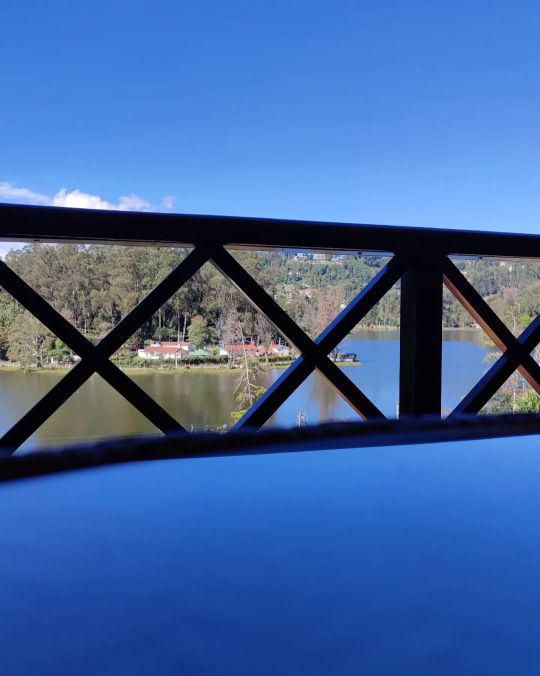
Trick pics 📷🖼️ . . . #tricks #trick #mobile_photography300 #mobile__photography___ #mobilephotography #mobilephoto #reelscult #reelitfeelit #instagood #instadaily #instalike (at The Carlton - Kodaikanal) https://www.instagram.com/p/CjcvTPoLPSm/?igshid=NGJjMDIxMWI=
#tricks#trick#mobile_photography300#mobile__photography___#mobilephotography#mobilephoto#reelscult#reelitfeelit#instagood#instadaily#instalike
7 notes
·
View notes
Photo

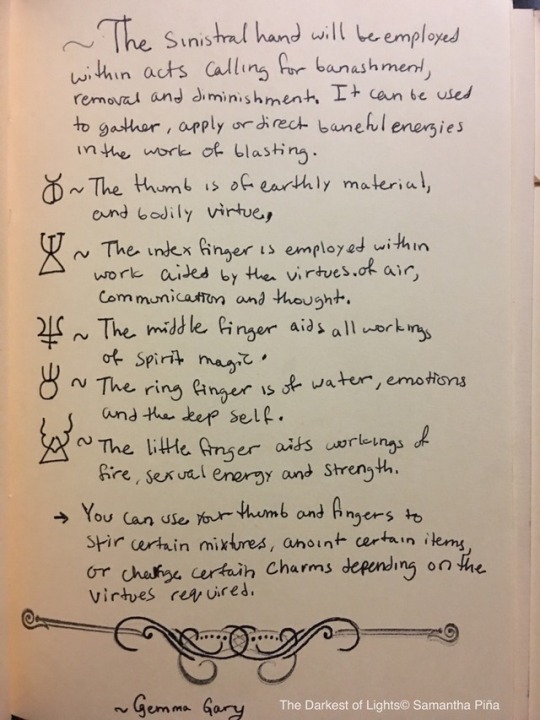
The hand of the wise
Photos from my book of shadows, info from Traditional Witchcraft A Cornish book of ways by Gemma Gary
1K notes
·
View notes
Text
When making sigils
don’t use future tense.
Instead of “I will be successful” write down “I am successful”.
The future tense only means that your goal will never come to you, because it’s stuck in the future forever and there is no point in time when it should come true. Unless you write “I will be successful when I am thirty” the future will never come, because you have no fixed point in time.
If you write it in future tense you’re basically saying “nah, no big deal, this has time…” and your subconsciousness will postpone it forever. If you say that you are something there is not other option but to fulfill your wish and work towards it. Your sigils are stronger that way.
9K notes
·
View notes
Photo
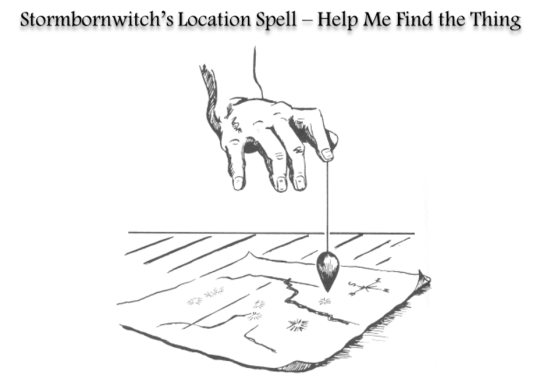
Everyone loses things and I am no exception. So this locator spell is designed so that you can find whatever items you might have lost. This spell uses a techniques called map dowsing and can be used to find anything that is lost (people, pets, items etc.).
For this simple little locator spell you’ll need:
A scrap piece of paper or a map (seriously if you’re looking over a large area don’t go out and buy a map - just use Google Maps and print out what you need)
A pen
A pendulum (or a long pendant necklace).
And four candles (You really only need these if you’re looking over a large area)
First you need to draw (or print out) a map of the area where you think you lost the item. So say you lost your wallet and you think you lost it in your bedroom. You would first draw a sketch of your bedroom on a piece of paper as if you were looking down on your room from above. You would make sure to draw all main features of your room (bed/ desk/ bedside table/ door/ windows etc).
Now place an ‘x’ on the map where you remember having seen the item last.
If you are looking over a large area place the four candles at cardinal points on the map [North, South, East and West]. If you want to carve sigils or anoint these candles then go ahead. Once placed, light the candles going clockwise around the map (North, East, South, West).
Now, get the pendulum and in wide clockwise circles let it swing over your map. While the pendulum circles the map, visualise your item glowing in their hiding place or floating towards you. Look where the pendulum is focused (8 times out of 10 it’s near where you’ve placed the ‘x’) - your item should be there.
If the pendulum doesn’t focus on one particular area and instead continues to circle until you pull it away - you’re lost item isn’t in the area you’ve drawn/printed out.
8K notes
·
View notes
Text
Asks, because why not?
-
1. Name
2. Nationality
3. Age
4. Birthday
5. Zodiac sign (or your primal zodiac sign)
6. Gender
7. Sexuality
8. Your looks (add a picture or describe yourself)
9. What do you/did you study?
10. What's your current job like?/What job would you like to have?
-
11. Your birth order
12. How many siblings do you have?
13. Do you have good relations with your family?
14. How many friends do you have?
15. Your relationship status
16. What do you look for in a SO?
17. Do you have a crush?
18. When did you have your first kiss?
19. Do you prefer serious and meaningful relationships or casual dating/one night stands?
20. What are your deal breakers?
-
21. How was your day?
22. Favourite food & drink
23. What position do you sleep in?
24. What was your last dream about?
25. Your fears
26. Your dreams
27. Your goals
28. Any pets?
29. What are your hobbies?
30. Any cool places in your area?
31. What was your last awkward situation?
32. What is your last regret?
33. Language/s you can speak
34. Do you believe in astrological stuff? (Zodiac, tarot, etc.)
35. Have any quirks?
36. Your pet peeves
37. Ideal vacation
38. Any scars?
39. What does your last text message say?
40. Last 5 things from your search history
41. What's your [device] background?
42. What do you daydream about?
43. Describe your dream home
44. What's your religion/Your thought about religion
45. Your personality type
46. The most dangerous thing you've done
47. Are you happy with your current life?
48. Some things you've tried in your life
-
49. What does your wardrobe consist of?
50. Favourite colour to wear?
51. How would you describe your style?
52. Are you happy with your current looks?
53. If you could change/add something to your appearance - impossible or not - what would it be?
54. Any tattoos or piercings?
55. Do you get complimented often?
56. Favourite aesthetic?
57. A popular trend that you dislike
-
58. Songs you're currently obsessed with?
59. Song you normally wouldn't admit you like.
60. Favourite genre?
61. Favourite artist/band/genre?
62. Hated popular songs/artists?
63. Put your music on shuffle and list first 5
64. Can you sing or play any instruments?
65. Do you like karaoke?
66. Own any albums?
67. Do you listen to radio? What stations?
-
68. Favourite movie/series?
69. Favourite genre of movies/books/etc
70. Your fictional crush/es
71. Which fictional character is you?
72. Are you a shipper? List your otps, if so
73. Favourite greek god?
74. A legend from where you live that you like
75. Do you like art? What's your favourite work or artist?
76. Can you share your other social media?
77. Favourite youtubers?
78. Favourite platform?
79. How much time do you spend on the internet?
80. What video games have you played? Which one's your favourite?
81. Your favourite books (manga also counts)
82. Do you play board/card games?
83. Have you ever been to a night marathon in cinema?
84. Favourite holiday
85. Are you into dramas?
-
86. Would you use death note, if you had one?
87. What changes would you make in the world, no matter how impossible, if you had the power to?
88. Could you survive a zombie apocalypse?
89. If you had to be turned into a paranormal being, what would it be?
90. What would you want to happen to you after your death?
91. If you had to change your name, what would be your pick?
92. Who would you switch your life with for a week?
93. Pick an emoji to be your tattoo
94. Write 3 things about yourself - only one of them must be true
-
95. Cold or hot?
96. Be a hero or be a villain?
97. Sing everything you want to say or rhyme?
98. Shapeshifting or controlling time?
99. Be immortal or be immune to everything aside from natural death?
100. ..... or .....?
31K notes
·
View notes
Text
☁️Zodiac Angels☁️

♈ Aries / Angel: Camael / Zodiac Sign Qualities: Assertive and Confident
♉ Taurus / Angel: Hagiel / Zodiac Sign Qualities: Reliable and Practical
♊ Gemini / Angel: Raphael / Zodiac Sign Qualities: Adaptable and Sociable
♋ Cancer / Angel: Gabriel / Zodiac Sign Qualities: Sensitive and Sympathetic
♌ Leo / Angel: Michael / Zodiac Sign Qualities: Generous and Open
♍ Virgo / Angel: Raphael / Zodiac Sign Qualities: Efficient and Analytical
♎ Libra / Angel: Hagiel / Zodiac Sign Qualities: Harmonious and Diplomatic
♏ Scorpio / Angel: Azrael and Camael / Zodiac Sign Qualities: Intense And Powerful
♐ Sagittarius / Angel: Zadkiel / Zodiac Sign Qualities: Optimistic And Adventurous
♑ Capricorn / Angel: Asariel / Zodiac Sign Qualities: Careful And Responsible
♒ Aquarius / Angel: Uriel And Cassiel / Zodiac Sign Qualities: Idealistic And Humanitarian
♓ Pisces / Angel: Asariel And Zadkiel / Zodiac Sign Qualities: Artistic And Emotional

431 notes
·
View notes
Video
youtube
❤️ Open Your THIRD EYE Quick! Guided Meditation. Powerful Tapping & Visualization Techniques Used ❤️ Open your third eye quickly with this powerful third eye guided meditation. Use tapping and visualization to achieve this. Improve your clairvoyance and your ability to tap into higher wisdom, knowledge and foresight. Much love.
21 notes
·
View notes
Photo
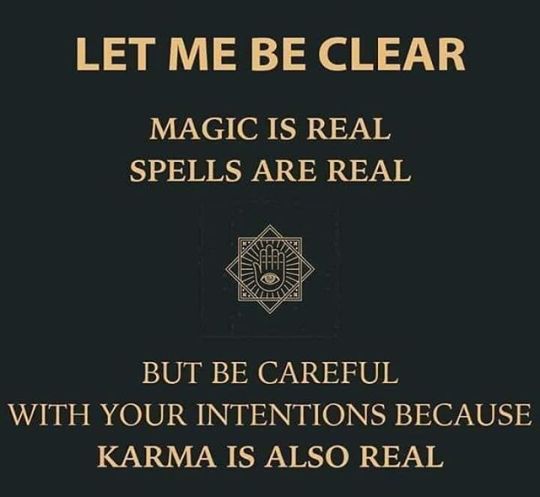
Your thoughts and intentions are far more powerful than you might think! 🙏❤️💭 #spiritual #spirituality #awakening
91 notes
·
View notes
Text
Wax Seal Charms
From simple love spells to glamours and hexes, wax seal charms are a powerful and versatile tool for any witch’s arsenal. Small, completely customizable, inconspicuous, and easy to hide, these simple charms are useful for nearly any type of magick.
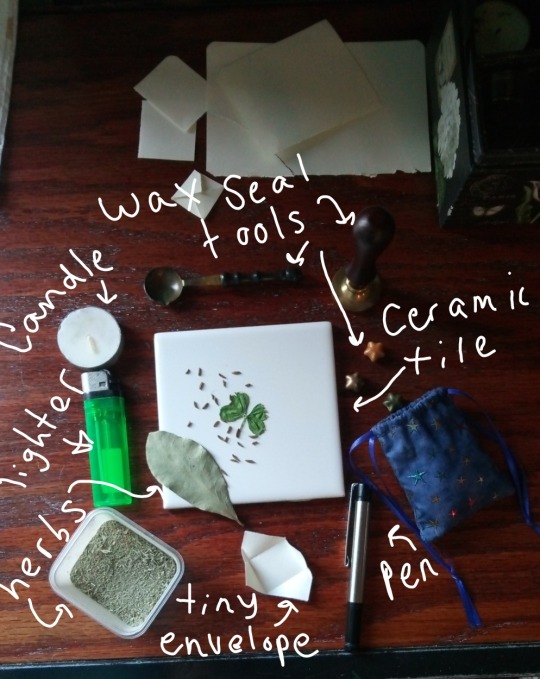
First, you will need a smooth, relatively flat work surface that can withstand heat (I use a ceramic tile I got from Lowe’s). Fold a small envelope from a square of paper. You want the envelope to be the same size as or smaller than the wax seal to ensure complete wax coverage.
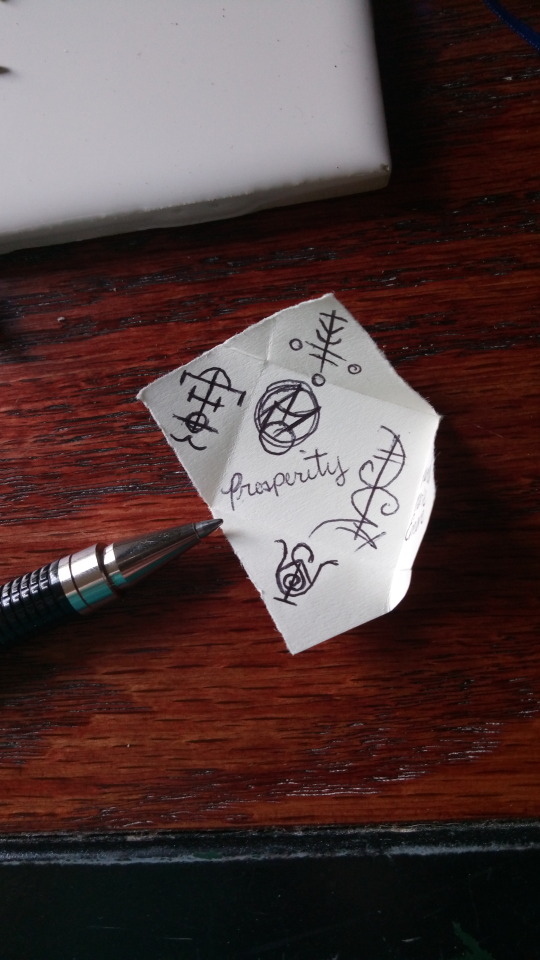
Next, write your intent (or draw a sigil) on the inside of the envelope. Keep it simple or write very small.
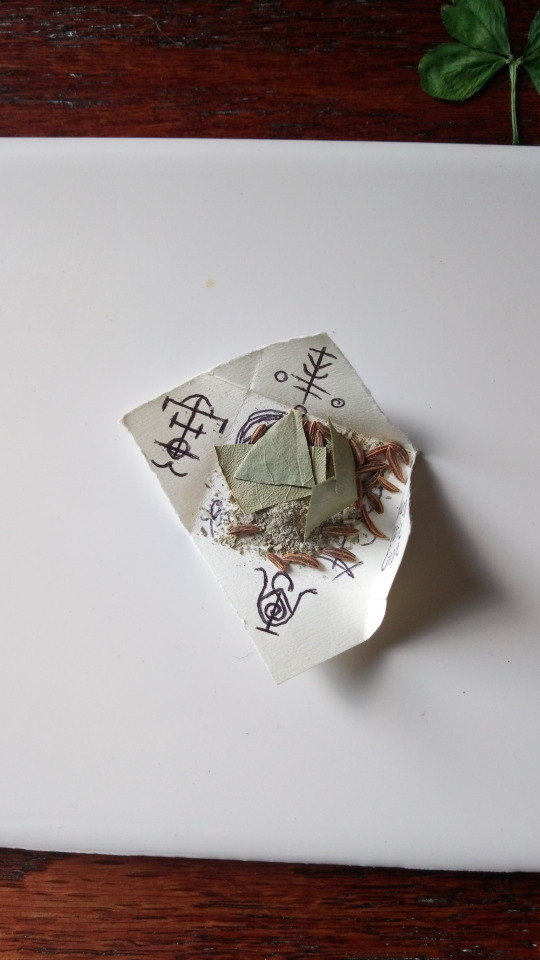
You can add a small pinch of herbs (or a taglock) if you like, but try not to use too much or the charm won’t flatten and may not seal correctly.
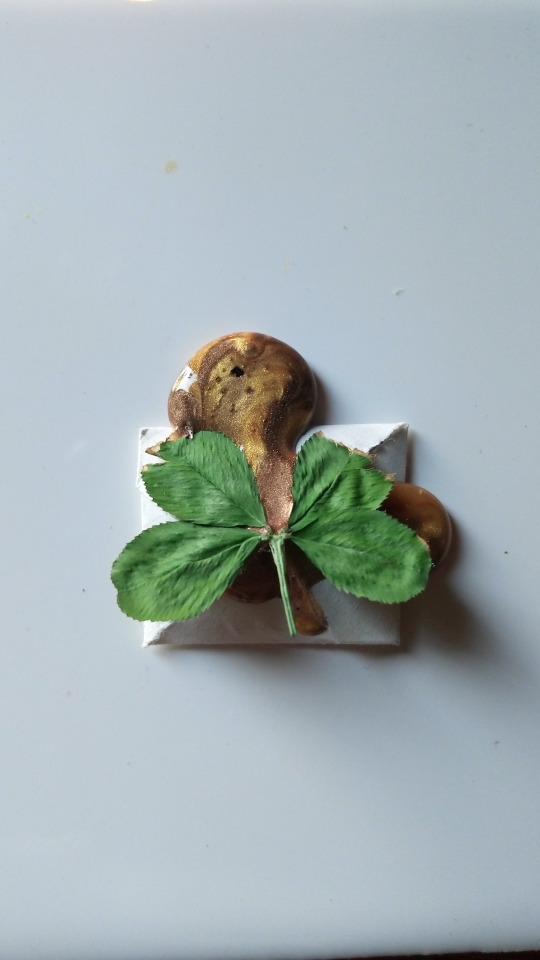
Once you’ve added your herbs, fold the envelope shut. (Here I added one of my 4-leaf clovers for a little extra flair.) You may need to squish it a little to keep it closed.

Pour your wax over the envelope, making sure to cover any open edges, and place your stamp in the molten wax. Apply light pressure for a few moments and then allow to cool.
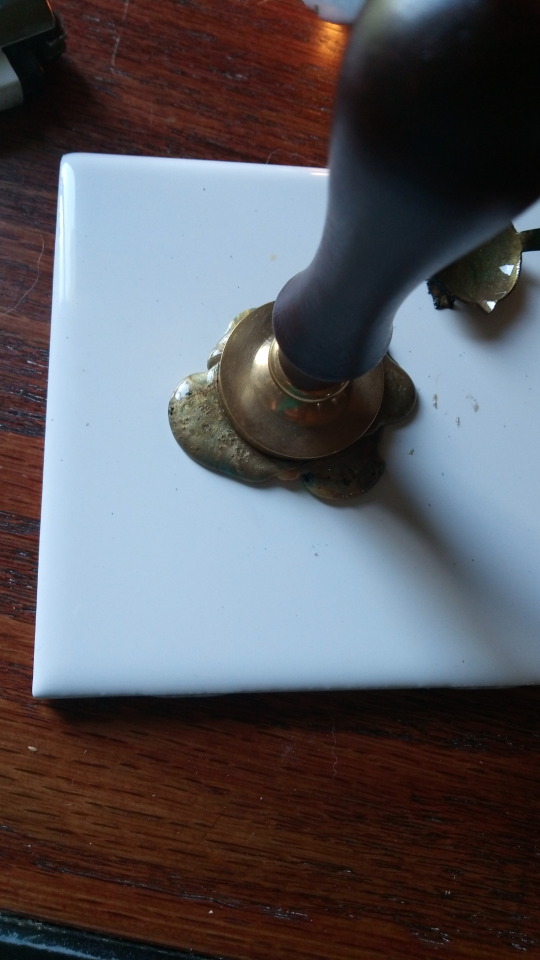
Once completely cool, remove your stamp and peel the charm off your work surface.
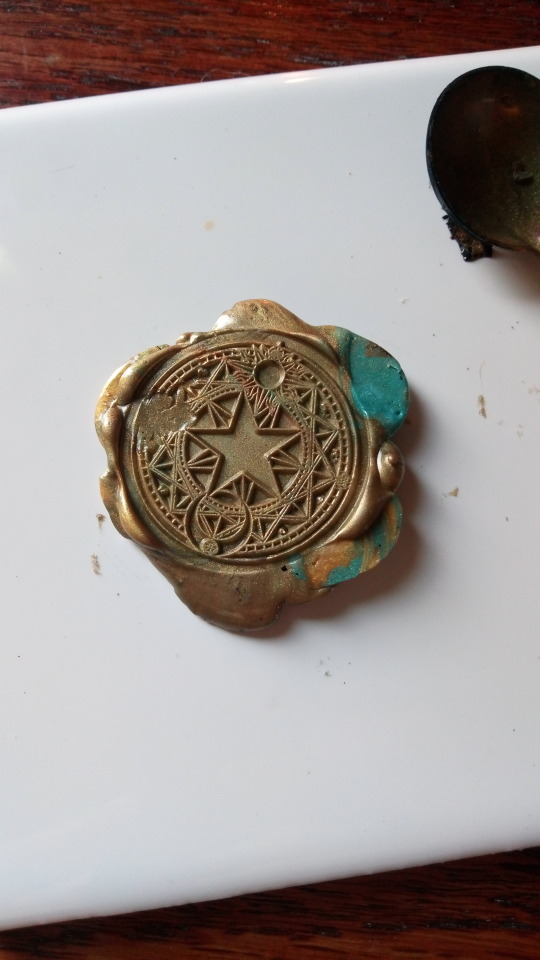
And voila! A small, portable charm that can easily be slipped into a purse or wallet unnoticed.
24K notes
·
View notes
Text
Shadow Work Masterpost
Understanding Shadow Work
Part 1: What is the Shadow?
Part 2: What is Shadow Work?
Part 3: How Does One Prepare for Shadow Work?
Types of Shadow Work
Intro
Part 1: Journaling
Part 2: Introspection
Part 3: Emotional Awareness
Part 4: Dream Work
Part 5: Memory Regression
Part 6: Meditation & Altered States
10K notes
·
View notes
Text
5 Types Of Sigils
Desire Sigils:
A desire sigil is a sigil that’s intention is based around a desire. These are one of the most common forms of sigils, and are used by practitioners to manifest their desires upon the universe. To make a desire sigil you will use a statement of intent that explains what you want to happen, so that it can push you towards that goal. Desire sigils would be something like sigils for protection, sigil for prosperity, or sigil to have a good job interview. These sigils will be cast out into the universe, and ingrained in your subconscience in order to carry out what you want to happen. The sigil will be charged, and activated, and will use its energy, and intention to carry out its task. These sigils are very useful, and will help you get what you want.
Name Sigils:
A name sigil is a sigil that’s intention is based around a construct, or an entity’s name. Any type of name can be used to make name sigils. The name just has to be associated with the construct, or entity that you are using it to represent. This could be names such as a first name, a middle name, a last name, a username, a nickname, a magick name, along with many others. These names sigils are used in many ways from being used as taglocks in order to target constructs, or entities, to being used as a form of magical signature to mark ownership. They have also been used to invoke, and evoke entities that a practitioner wants to bring forth, and can even be created as a way to get a hold of certain entities. These sigils will also be connected to anything that holds that name, and can be used to represent, and target any of the other name holders. Name sigils would be something like name sigils for Jack, name sigil for Machu Picchu, or name sigil for Loki. The sigils will also have the energy of the entity, and constructs that they are made for, and can be used to by a name holder to get more of their own energy, or it can be used by somebody else to gain attributes much like the name holder possesses. These are also great tools in order to ground, and bind servitors, and other Spirits to locations, and objects. Name sigils are a powerful form of sigils that can connect to so many entities and constructs.
Correspondence Sigils:
Correspondence sigils are sigils that use the properties of another construct by invoking that construct. These types of sigils are used to gain the energetic attributes, and metaphysical properties of a specific construct. This would be like making a sigil for fire, so that it could invoke fire energy into your practice, and you could use it to be more creative, powerful, aggressive, and energized, among other things. This could be done with a whole cast of different types of constructs, and could be incredibly useful if used in very creative manners. This could also be used to replace certain energies, and ingredients in spells, and rituals, allowing you to save on materials, and to procure some energy of something you might not have access to. Other examples of Correspondence sigils would be things like a sigil of Pisces, a sigil of lavender, and a sigil of the wolf.
Linking sigils:
Linking sigils are sigils that are connected to each other through an energetic link. These sigils can be helpful when trying to transfer energy from one place to another. They can also be used to create a network of sigils that will be able to connect specific energies together. All sigils are some form of linking sigil and are connected to the other versions of itself, but by making a sigil specifically for the purposes of linking energies together one will be able to create more effective linking sigils. These sigils can also be used as tag locks by placing one where you want the energy to be sent, then charging a different representation of it, so to effectively send the energy to the place you wanted to effect. These can be incredibly helpful for storing, and sending energy, and can allow you to get very creative with your sigil craft.
Mixed Sigils, and combination sigils:
These types of sigils are sigils that hold multiple intents, and mix the energies of two, or more sigils together. These types of sigils can be extremely helpful when you are trying to get something more advanced done, and you need something to do more than one job. In order to create one of these all you need to do is combined the sigils by overlapping them, drawing them next to each other, or creating a unique sigil made up of both of their parts, so that they will be associated together, and their energies can mix allowing you to use both of them at the same time. these sigil can be made up of any other two types of sigils, and can be used in extremely interesting ways when you set your mind to it.
4K notes
·
View notes
Text
💀 How To - Curses 💀

💀 what is a curse?
A curse is a spell designed to cause a person or place harm or misfortune for whatever reasons the caster has. Occasionally they have been used to protect when it used against a concept, “cursing out” infections and medical problems.
HOW TO WRITE YOUR OWN CURSES / SPELLS 💀
💀 common spell components for curses:
CRYSTALS — tourmaline / plain quartz / amethyst / selenite,
WATERS — harbor water / new moon water / storm water / muddy water
TOOLS — candles (black, red usually) / taglocks / string / poppets
ENCHANTED OBJECTS — knife / taglock / poppet / jar
MISC — sharp objects / alcohol / pepper / broken glass
💀 suggestions for various types of curses:
PAIN — rusty nails / raspberry leaves
REVENGE — chilis / rose thorns / rose ashes
REGRET — thistle / wine / willow leaves / cypress
MISFORTUNE — ashes / barberry plant
6K notes
·
View notes
Text

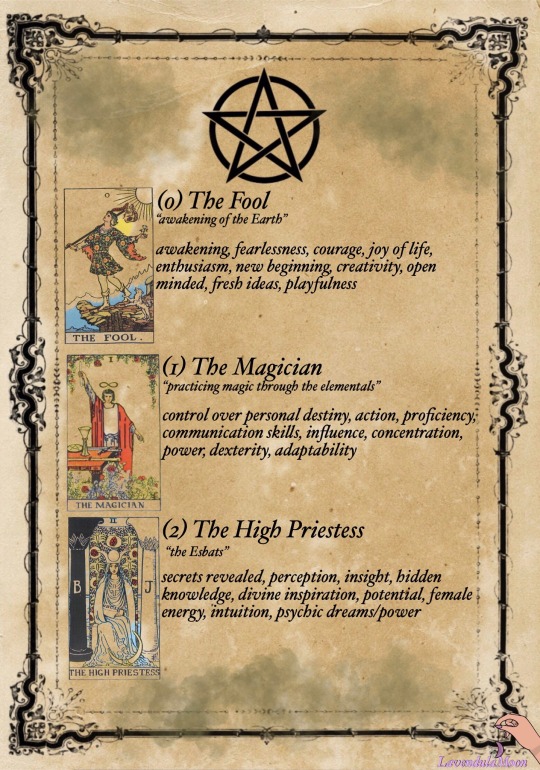
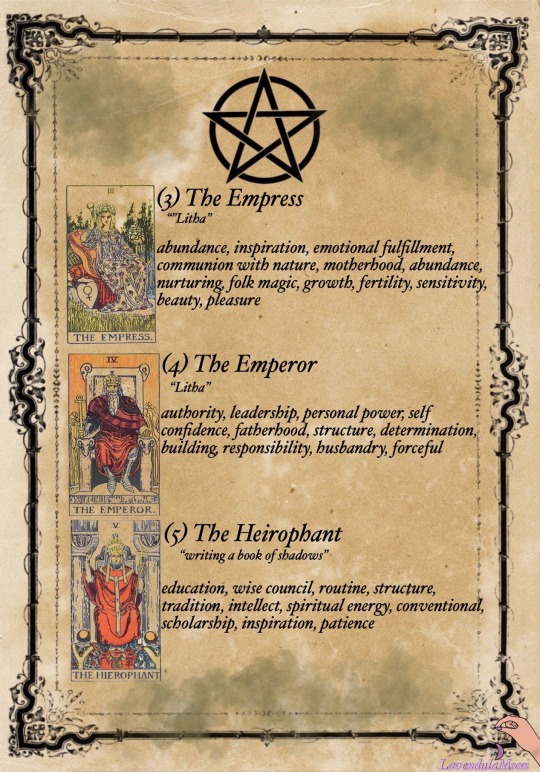
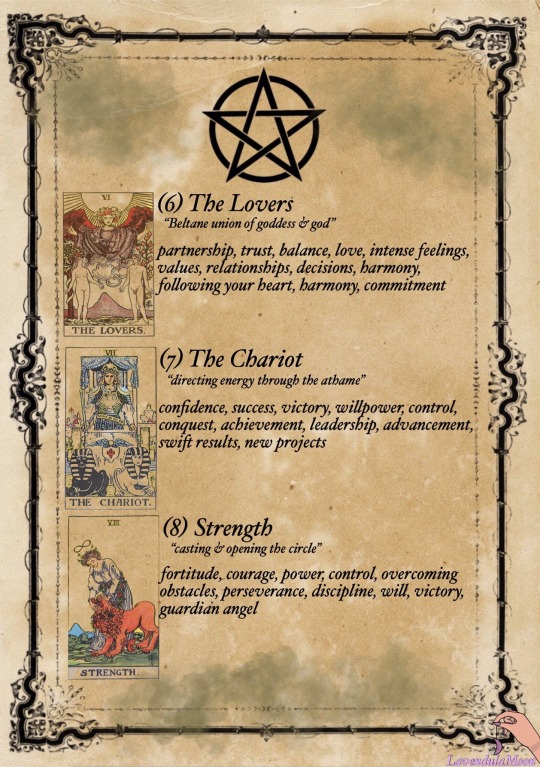
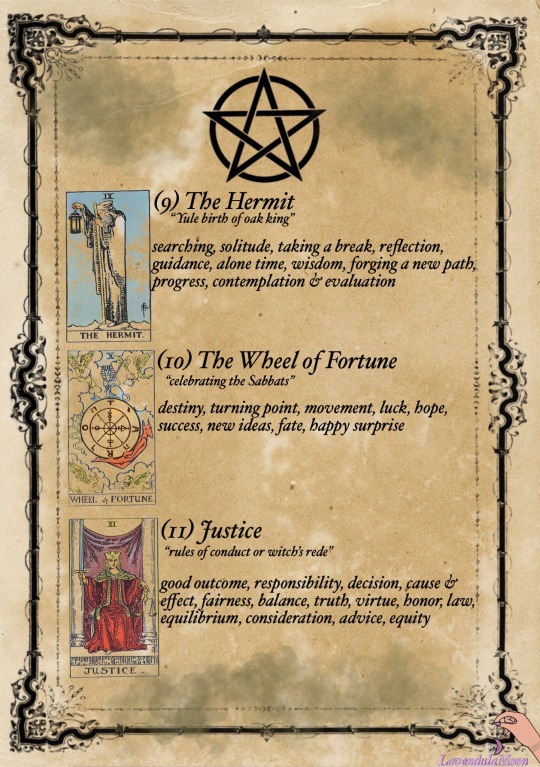
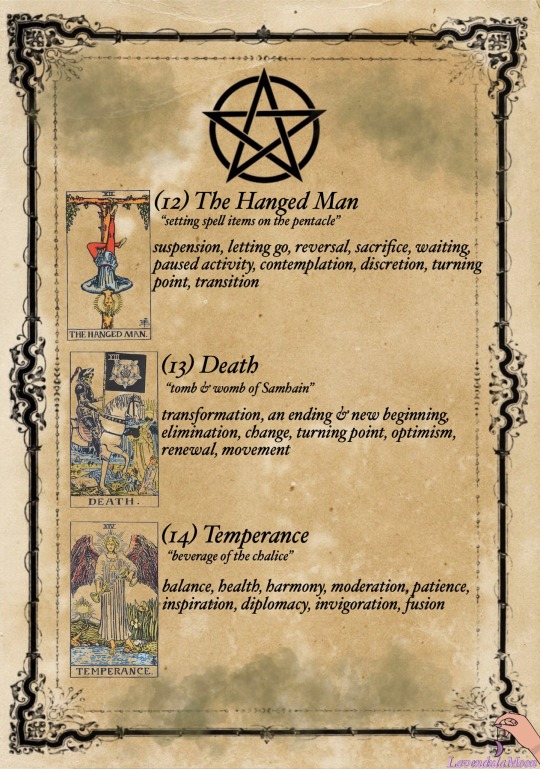
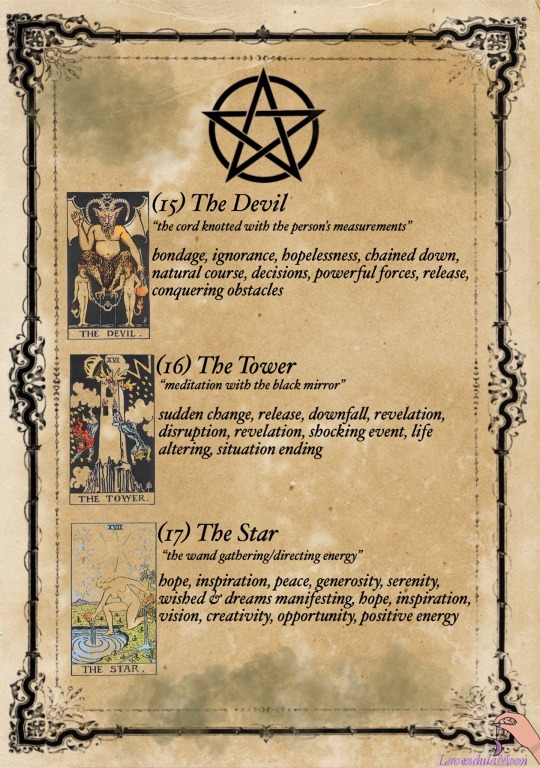
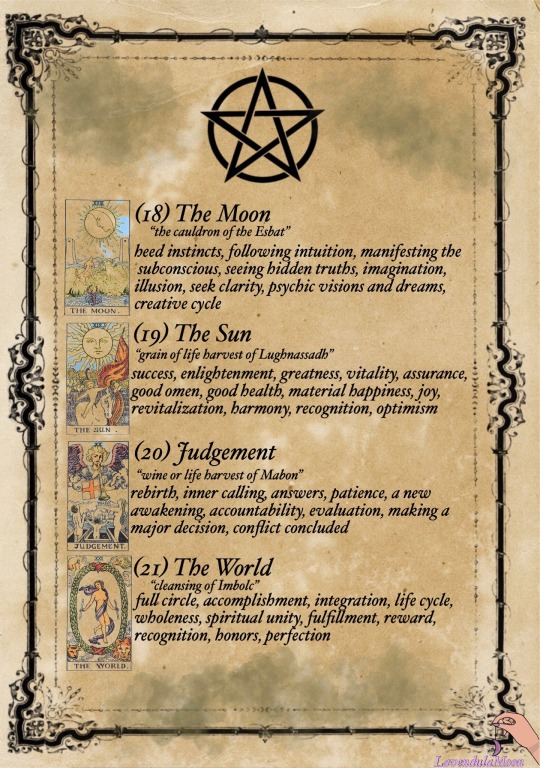
Tarot Card pt. 1: Major Arcana
My favorite form of Divination, reading tarot cards help me guide my spirituality into a healthy direction 🃏✨
WITCHY DESIGNS STORE: https://www.redbubble.com/people/lavendulamoon?asc=u
1K notes
·
View notes
Text
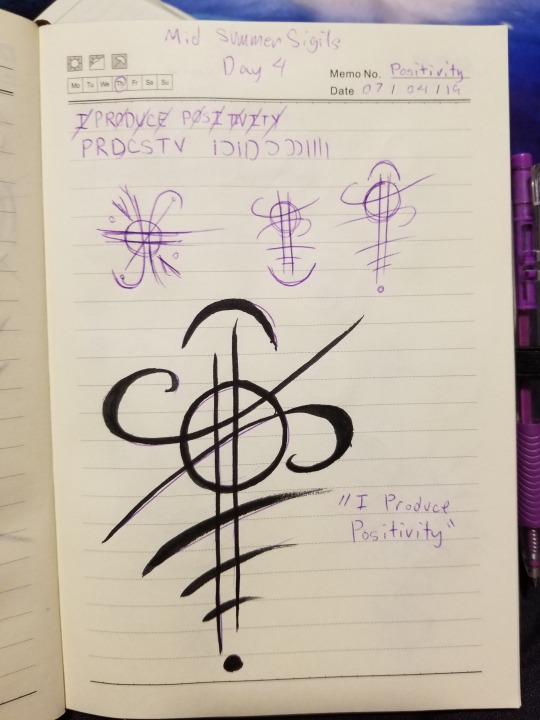
"I produce positive energy"
Mid Summer Sigils Day 4: Positivity
The inspiration for this one is a bit more simple, but I have just been wanting to put more positivity into everything I do so for this sigil I want it to help me produce positive energy.
1K notes
·
View notes
Text
Master List of Ways to Tell Fortunes
Alectromancy: by observation of a rooster pecking at grain
Astrology: by the movements of celestial bodies.
Astromancy: by the stars.
Augury: by the flight of birds.
Bazi or four pillars: by hour, day, month, and year of birth.
Bibliomancy: by books; frequently, but not always, religious texts.
Cartomancy: by playing cards, tarot cards, or oracle cards.
Ceromancy: by patterns in melting or dripping wax.
Cheiromancy: by the shape of the hands and lines in the palms.
Chronomancy: by determination of lucky and unlucky days.
Clairvoyance: by spiritual vision or inner sight.
Cleromancy: by casting of lots, or casting bones or stones.
Cold reading: by using visual and aural clues.
Crystallomancy: by crystal ball also called scrying.
Extispicy: by the entrails of animals.
Face Reading: by means of variations in face and head shape.
Feng shui: by earthen harmony.
Gastromancy: by stomach-based ventriloquism (historically).
Geomancy: by markings in the ground, sand, earth, or soil.
Haruspicy: by the livers of sacrificed animals.
Horary astrology: the astrology of the time the question was asked.
Hydromancy: by water.
I Ching divination: by yarrow stalks or coins and the I Ching.
Kau cim by means of numbered bamboo sticks shaken from a tube.
Lithomancy: by stones or gems.
Necromancy: by the dead, or by spirits or souls of the dead.
Numerology: by numbers.
Oneiromancy: by dreams.
Onomancy: by names.
Palmistry: by lines and mounds on the hand.
Parrot astrology: by parakeets picking up fortune cards
Paper fortune teller: origami used in fortune-telling games
Pendulum reading: by the movements of a suspended object.
Pyromancy: by gazing into fire.
Rhabdomancy: divination by rods.
Runecasting or Runic divination: by runes.
Scrying: by looking at or into reflective objects.
Spirit board: by planchette or talking board.
Taromancy: by a form of cartomancy using tarot cards.
Tasseography or tasseomancy: by tea leaves or coffee grounds.
15K notes
·
View notes






